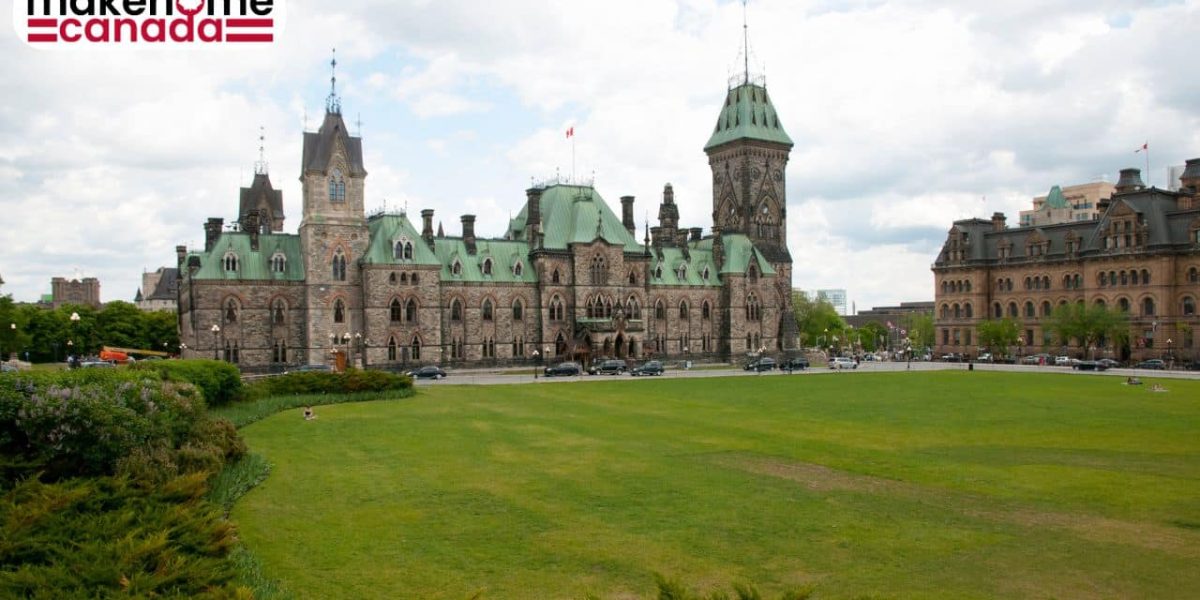Canada’s population was calculated to be around 39 million people as of April 22, 2022. From January 1 onwards, there has been an increase in the population with approximately 128,000 more people.
Since 1990, this is the first time the first quarter of a year has witnessed such an immense population growth rate. Although, this growth rate continues with the high population that existed before the Pandemic hit the world.
Significant accomplishments for Ontario and New Brunswick
Ontario and New Brunswick are the two provinces that saw prominent population growth. Ontario’s population growth crossed 15 million people between January and March 2022. Ontario is already known for its high population and also comprises the largest Canadian city.
New Brunswick too witnessed an unexpected population growth as its population exceeded 800,00 as per the recorded data.
The province welcomed 6,581 immigrants during 2021-2022, with 10,000 people coming here from Ontario.
Nunavut, a Canadian territory in the North, also exceeded 40,000 people, a record-breaking figure.
Other provinces continued with a standard growth rate. Nova Scotia experienced a population growth rate of up to 0.4 % whereas Prince Edward Island’s population growth rate increased to 0.8 %.
Population Growth- A result of immigration
Ever since the quarterly based data became available from 1946 onwards, Canada observed the highest population growth by welcoming 113,700 new immigrants. This number records the highest compared to the other quarterly data available.
The figures mark a 62 percent increase (quarterly basis) in 2021 and a 64 percent increase in 2020.
Immigration Levels Plan
Canada has acknowledged its need for a more potent immigration strategy to meet the labor market demands. The immigration targets under the immigration levels plan 2022-2024 prove the above statement. The targets for permanent residency have been outlined for the years to come.
The arrival of over 405,000 new permanent residents surpassed the Canadian target of 2021. More than 138,000 people attained permanent residency status in the last three months of 2021. Currently, in 2022, Canada will meet the target of 431,645 fresh permanent residents and even aims to reach its next big target of 451,000 annually until 2024.
Increased temporary work permit holders in Canada
Although Canada has been issuing work permits to numerous temporary workers, the Immigration Levels Plan aims to target only permanent residents.
There were around 28,000 temporary workers who moved to Canada in the first quarter of 2022.
As per the latest labor market research, permanent residents move to Canada with the help of temporary work permits and even progress toward attaining permanent residency.
The last ten years have recorded increased work permits from 111,000 to 770,000 in Canada.
Seeking better targets
Canada is required to keep increasing the immigration targets regularly because of its aging population and reduced birth rates. By the time we reach 2030, the baby boomers’ generation will have nine million workers reaching retirement age. As a result, there will be a huge gap in the labor force that will be impossible to fill by the Canadians born here.
To create an impact on the labor shortage reduction, about 100 immigration pathways are available for skilled workers. However, the most popular ones remain the Express Entry, Provincial Nominee Program, and Quebec Immigration Program.
2021 itself welcomed over 138,182 individuals who became permanent residents in Canada. There has been a 92.5 percent increase in population growth due to immigration.
Express Entry is the leading and most dominant pathway among all other immigration pathways. The Express Entry all program draws are paused but likely to resume by July 6, according to Mr. Sean Fraser.




